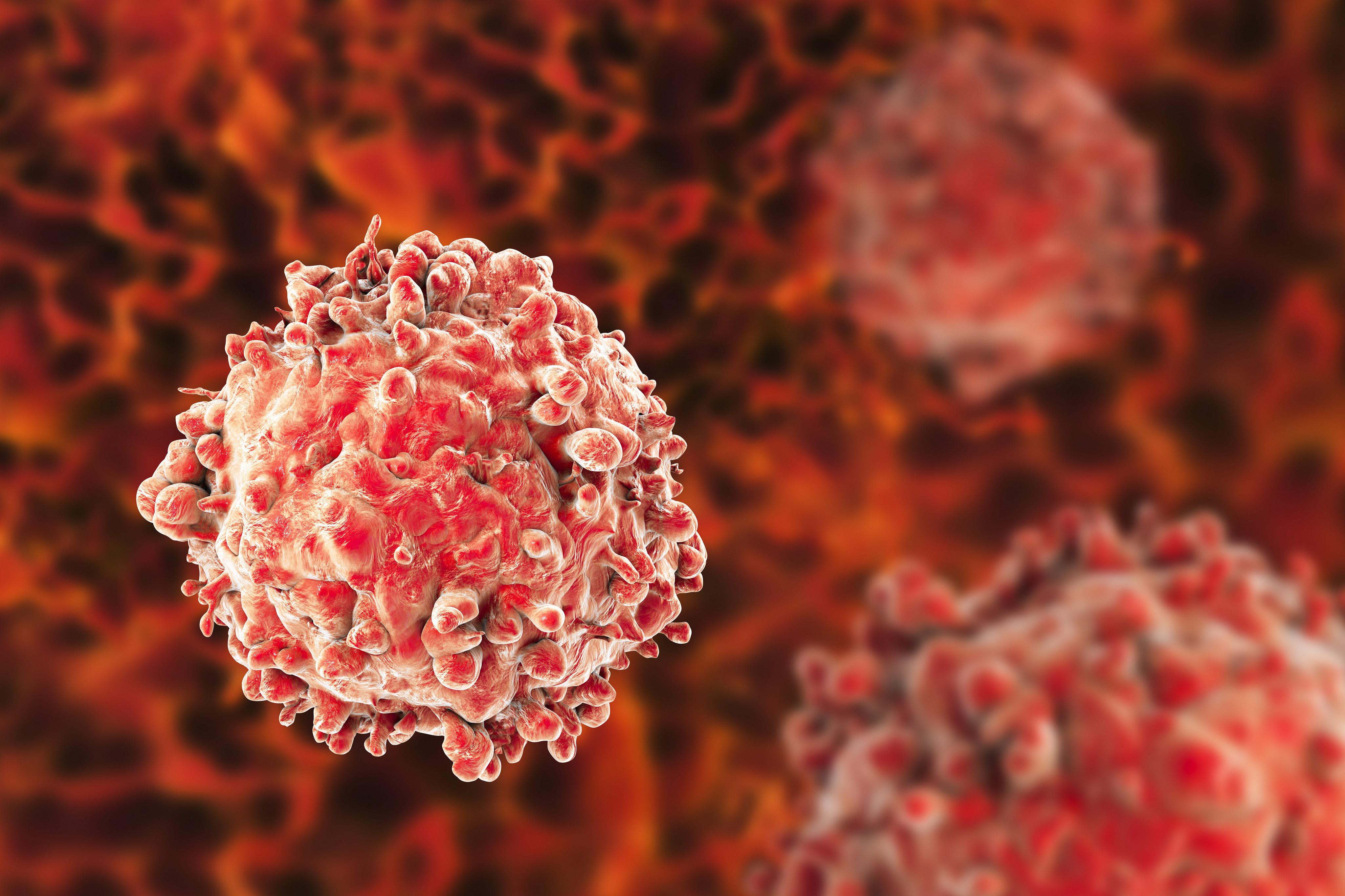
What is leukemia
Leukemia is a cancer of the blood or blood cells. There are several types of leukemia and these are classified by how quickly they progress and what cell they affect. In order to understand how leukemia affects the cells, it is helpful to first understand what normal blood cells do.
- White blood cells (also called leukocytes) are the body’s infection fighting cells. There are several different types of white blood cells.
- Red blood cells (also called erythrocytes) give blood its red colour, but more importantly, carry oxygen from the lungs to the rest of the body and return carbon dioxide to the lungs as waste.
- Platelets (also called thrombocytes) help the body form blood clots to control bleeding.
- In addition to these three cell types, the blood also contains fluid called plasma.
All of these products are formed in the bone marrow, a spongy area located in the centre of bones. Larger bones have more bone marrow, and therefore produce more cells. The larger bones include the femur (top part of the leg or thigh), the hip bones, and parts of the rib cage. The bone marrow contains a small percentage of cells that are in development and are not yet mature. These cells are called blasts. Once the cell has matured, it moves out of the bone marrow and into the circulating blood. The body has mechanisms to know when more cells are needed and has the ability to produce them in an orderly fashion.
In the case of Leukemia, one blood cell goes awry (in the majority of cases this cell is a white blood cell) and the body produces large numbers of this cell. When looked at under a microscope, these abnormally produced cells look different then the healthy cells and do not function properly. The body continues to produce these abnormal, non-functional cells, leaving little space for healthy cells. This imbalance of healthy and unhealthy cells is what causes the symptoms of leukemia.
 Dr. Girish Badarkhe
Dr. Girish Badarkhe